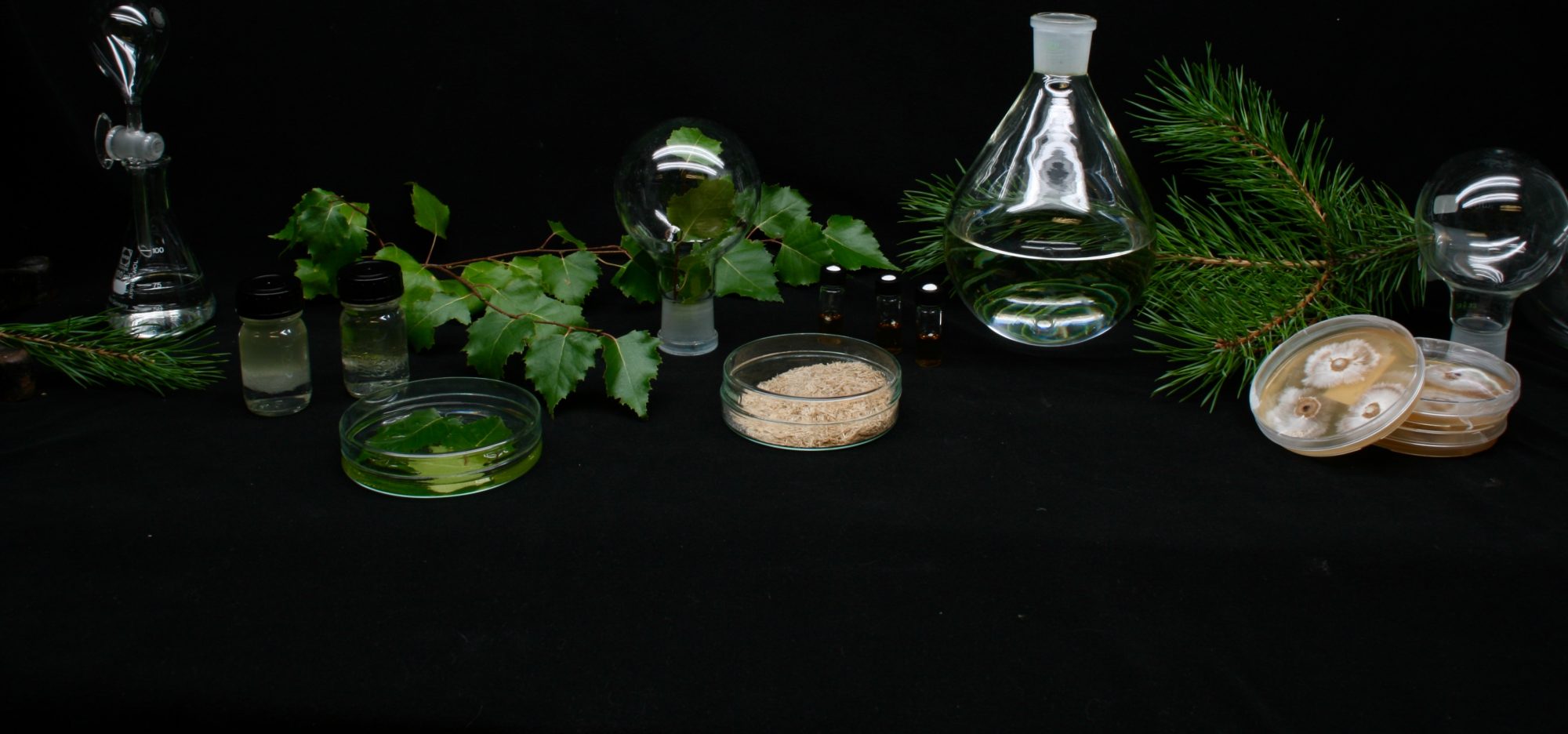One of the key research topics of our Food Materials Science research group is side stream characterization where we aim to make efficient use of wasted natural resources. In our resent study, we focused on side stream biomass obtained from enzyme industry. This type of biomass is obtained during down-stream processing where the enzymes are separated and collected from the leftover biomass, including for example microorganism cells, and the growth medium. Currently, this biomass is treated as waste. However, the biomass is a source for potentially valuable compounds, for example, cell wall heteropolysaccharides.
Our recently published open access article “Fungal Cell Biomass from Enzyme Industry as a Sustainable Source of Hydrocolloids” by Ida Nikkilä et al. reveals the basic composition of this biomass and the fractions obtained from it via alkaline and water extraction. Further, the functional properties of the extracts as hydrocolloids were studied in water suspensions and emulsions prepared from biomass extracts. The study showed that this type of biomass can be fractioned via water and alkaline extraction, and the extracts have potential as hydrocolloids. More specifically, the alkaline extract was found to form a relatively stable emulsion. This was the first time that fungal biomass was studied as a source for hydrocolloids.
This study was part of the Academy of Finland funded “Reassembly of fungal polysaccharides for biocompatible interfaces” (REPLY) -project. A previously posted blog from this project can be found here.

